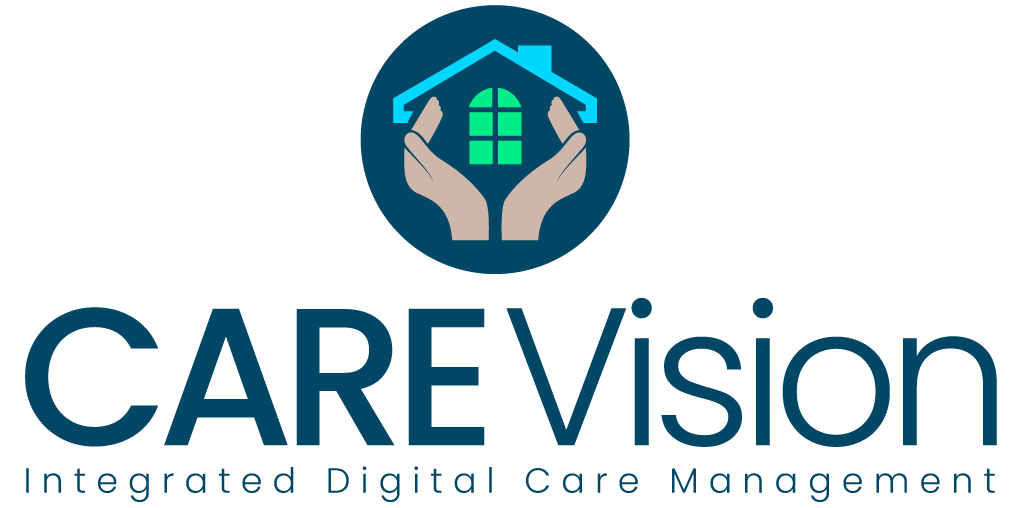Care homes must work with a huge amount of personal, confidential and sensitive data. From names, addresses and dates of birth to medical diagnoses and drug regimens, staff payroll details and auditing information, there is a lot to keep track of. Then, there is commercially sensitive details, such as client and supplier lists, financial accounting details and business plans. Unfortunately, when data such as the examples above fall into the wrong hands, there can be damaging repercussions. Data breaches and identity theft can cause chaos and take a lot of time, money and effort to put right.
The good news is that, with the arrival of digital care management systems like Care Vision and cloud-based storage, protecting sensitive data has never been easier. Coupled with the introduction of legislation such as GDPR, internet-based solutions are keeping personal and commercial information safe and secure. Here are seven ways to help keep prying eyes away from your important and confidential data.
Restrict employee access
The fewer the people who can access sensitive data, the less likely it will be that a data breach will occur. Care Vision allows users to specify who has access to which areas, with security measures such as passwords ensuring confidentiality and data security. Make sure you review which employees can access what regularly. For instance, when employees move on to another organisation, or a temporary staff member completes a fixed-term contract, their access credentials should be removed and passwords, access codes etc changed.
Protect employee data
Meanwhile, their own sensitive data should be removed or securely archived as appropriate, such as payroll entries, expenses records and personal banking details. Personal details like date of birth, home address, sickness records etc should also be handled carefully to ensure compliance with GDPR.
Use all available security settings
Data security is big news now, and security measures to protect it are stronger than ever. Always implement such safeguards as two-factor authentication, face or fingerprint scanning features, pass codes etc. It may take genuine users slightly longer to bypass additional security functions, but it will keep key data safer. The same goes for cybersecurity features, such as anti-virus software. Don’t forget to keep on top of the updates to have better chances of catching the latest threats to data.
Encrypt confidential data
Chose cloud storage solutions that encrypt your data, or turn it into an unreadable format for unauthorised audiences. This helps thwart any would-be data thieves who manage to break through initial security protocols from being able to actually use the data they find. Encryption can be especially useful if you have remote workers needing to access confidential data, or multi-site care homes that share information between them digitally.
Confidentiality policy
Creating or updating clear, comprehensive policies around protecting confidential and sensitive data is a great way to ensure that employees and others who need access to key information know what to do. A confidentiality policy should cover what type of information should be kept private, how to store it and what to do to protect it. The GDPR legislation can help inform such a policy and provide guidance as to what constitutes confidential data and what does not.
Data retention policy
Likewise, a data retention policy will guide people about what information needs to be kept safely, what they must delete and how long they are allowed to retain data for. Some examples include how long to keep people’s details who enquire about the care home’s services or availability, or people who sign up to receive updates, newsletters etc. It is a good idea to seek legal help when drawing up these types of policies to make sure that everything is included correctly and nothing vital is left out.
Physical safeguards
Despite digital systems like Care Vision replacing much of the paperwork in a care home, there is still a need for physical protection of data. Lockable filing cabinets for paper-based records, medical notes etc is essential. Providing a safe or lockable drawer for residents to keep valuables such as passports, credit cards and identity documents. Access codes on doors also help protect data as much as they do people and their belongings. Finally, use systems such as Care Vision’s electronic visitor book and staff rota planning tools to track exactly who is on site at any given time – and whether or not they are supposed to be there.





